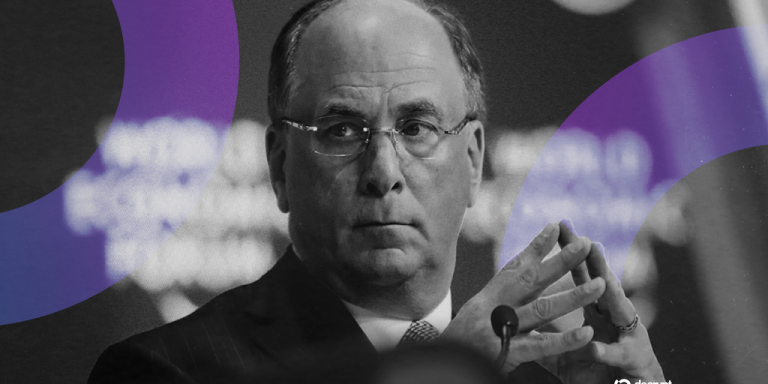
Cultural Fusion: Embracing Diversity in European Lifestyles by 2025
Cultural Fusion: Embracing Diversity in European Lifestyles by 2025 is becoming increasingly important in today’s globalized world. As people from different cultural backgrounds interact and intersect, the need to understand and appreciate each other’s traditions and customs has never been more pressing. In this article, we will explore the concept of cultural fusion and its significance in European lifestyles by 2025.
What is Cultural Fusion?
Cultural fusion refers to the blending of different cultural practices, traditions, and values to create a unique and hybrid culture. This phenomenon is not new and has been occurring throughout history, but its significance has increased in recent times due to globalization, migration, and technological advancements.
Benefits of Cultural Fusion
The benefits of cultural fusion are numerous and far-reaching. It promotes cross-cultural understanding, tolerance, and cooperation, leading to a more harmonious and inclusive community. Cultural fusion also fosters creativity, innovation, and economic growth, as people from diverse backgrounds bring new ideas and perspectives to the table.
European Lifestyles by 2025
By 2025, European lifestyles are expected to be shaped by cultural fusion in various ways. With the increasing diversity of the European population, there will be a growing need for cultural exchange and understanding. This will lead to the development of new cultural practices, traditions, and values that reflect the diverse backgrounds of European citizens.
Examples of Cultural Fusion in European Lifestyles
There are many examples of cultural fusion in European lifestyles, including:
- Food: European cuisine is a perfect example of cultural fusion, with dishes like pizza, sushi, and curries becoming staples in many European countries.
- Music: European music scene is a melting pot of different genres, with artists from diverse backgrounds creating unique sounds and styles.
- Fashion: European fashion is a blend of different cultural influences, with designers incorporating traditional patterns, colors, and textiles into their designs.
Challenges and Opportunities
While cultural fusion offers many benefits, it also poses some challenges. One of the main challenges is the risk of cultural homogenization, where local cultures are lost in the process of fusion. However, this can also be seen as an opportunity to preserve and promote cultural diversity, by creating new cultural practices and traditions that reflect the diverse backgrounds of European citizens.
Conclusion
In conclusion, cultural fusion is a powerful force that is shaping European lifestyles by 2025. By embracing diversity and promoting cross-cultural understanding, we can create a more inclusive and vibrant community, where people from different backgrounds can thrive and contribute to the richness of European culture.





